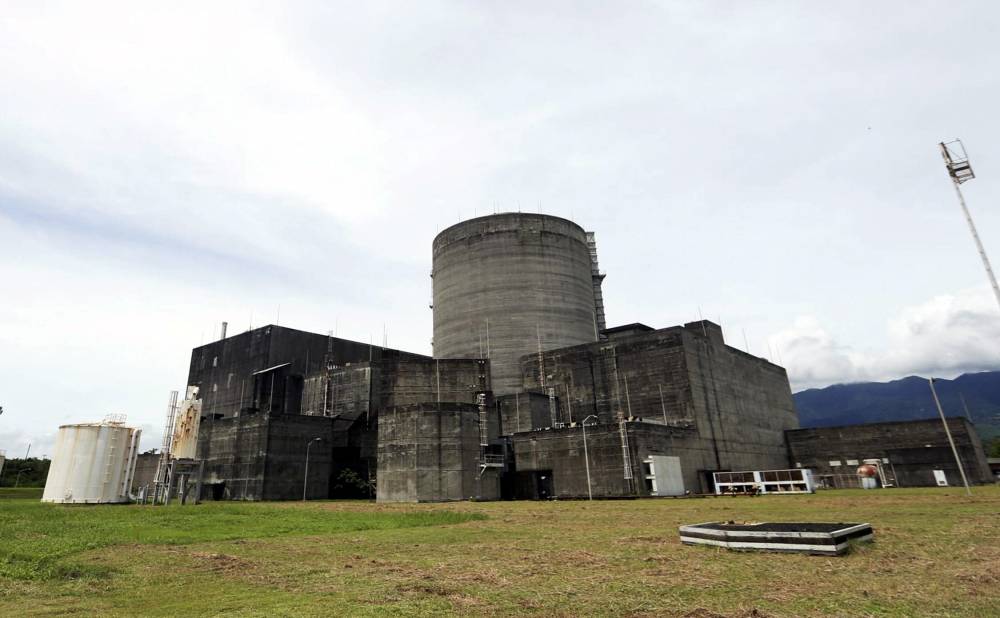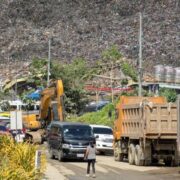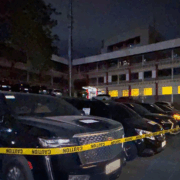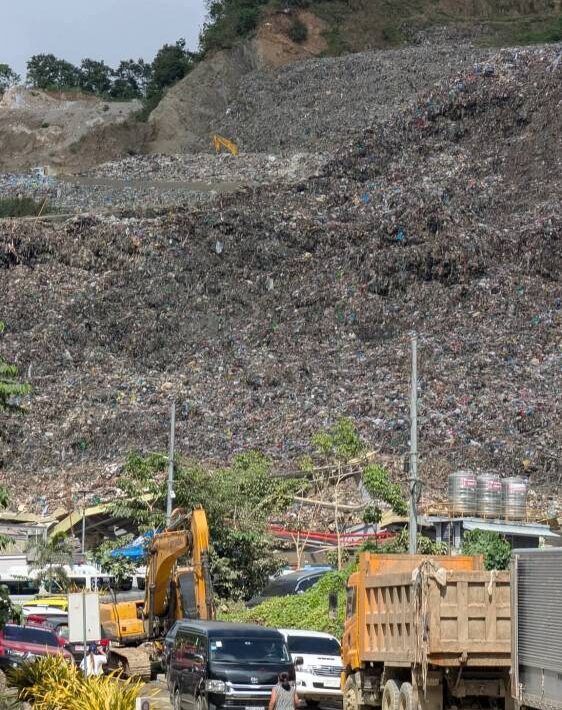PH, Korea eye revival of Bataan nuke plant

The Philippines and South Korea have signed an agreement on the conduct of a feasibility study to revive the mothballed Bataan nuclear power plant (BNPP) as part of government efforts to boost energy security in the Philippines, President Marcos announced on Monday.
“In view of the Republic of Korea’s successful experience in the nuclear industry, we have signed the memorandum of understanding (MOU) on the feasibility study of [BNPP],” the Philippine leader said during the presentation of the signed agreement in Malacañang.
“This (deal) will carry out a thorough feasibility study to continue progress on the BNPP rehabilitation, which we envision to contribute to energy security in the country,” Mr. Marcos noted.
The controversial $2.3-billion BNPP, which began construction in 1976 and was completed in 1984, never operated due to safety concerns and allegations of corruption.
Still, the government allocates more than P50 million almost yearly for the upkeep and maintenance of the 620-megawatt nuclear facility under the budget of National Power Corp. (Napocor).
Nuclear currently does not have a share in the Philippine energy mix, which is still largely composed of coal.
Mr. Marcos expressed interest in reviving the BNPP in 2022, saying his administration has a goal to incorporate nuclear energy in the country’s power mix possibly by 2032.
No cost to Manila
In a statement, the Department of Energy (DOE) said it entered into a deal with Korea Hydro and Nuclear Power Co. Ltd. (KHNP) for a “comprehensive technical and economic feasibility study on the potential rehabilitation” of the BNPP.
“The signing of this MOU builds on the strong foundation of energy cooperation between the two countries. For the Philippines, it is a continuation of our efforts to enhance energy security, as outlined in the Philippine Energy Plan,” Energy Secretary Raphael Lotilla said.
According to Lotilla, Korea has a “long-standing familiarity” with the BNPP due to studies conducted in 2008 and 2017 by Korean companies KHNP, Kepco Plant Service and Engineering Co. Ltd., and Doosan Heavy Industries and Construction Ltd.
He said the MOU was “designed to generate critical information to guide the Philippine government’s decision-making process.”
Lotilla said the study is not limited to the BNPP and that it may also help the government in “exploring other nuclear technologies and potential alternative sites for nuclear energy development.”
According to the DOE, all costs of the BNPP feasibility study will be borne by KHNP and the Philippine government is not obliged to proceed with the rehabilitation or to engage the Korean firms based on the KHNP’s findings.
“The study is exploratory in nature and any subsequent actions will be subject to further evaluation and decision by the government,” the DOE said.
The feasibility study, which will be started in January 2025, will be carried out in two phases and is to end in July of the same year.
The first phase will assess the current condition of the BNPP and its components while the second phase will evaluate whether the plant can be refurbished using the most optimal model, the DOE said.
The agency, however, did not say how much KHNP is expected to spend for the BNPP study.
Keen interest
In July last year, Malacañang said that South Korea remained “interested” in the BNPP and that its envoy to Manila Lee Sang-hwa had submitted a proposal on a joint feasibility study.
South Korea had previously offered $1 billion at its own cost to rehabilitate the mothballed facility.
In September 2023, KHNP, which is majority owned by the Korean government, offered a nuclear training program to the Philippines as part of the package to refurbish the BNPP, replicating the competency and work program being used in South Korea.
KHNP, the biggest electric power company in South Korea which generated about 32 percent of the country’s electric power in 2023, led the conduct of prefeasibility studies of rehabilitating the BNPP in 2008 and in 2017, but these did not move forward due to strong public opposition to nuclear energy, particularly its safety and environmental hazards. —WITH A REPORT FROM INQUIRER RESEARCH





















